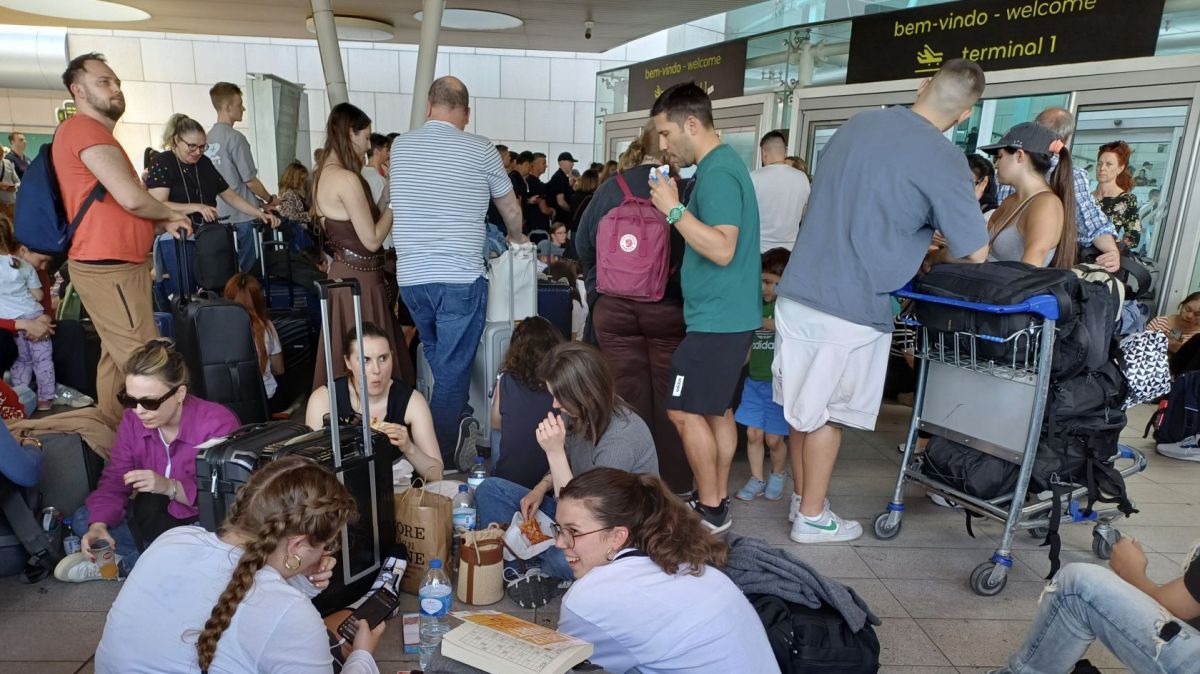According to figures from the National Institute of Statistics, released on the occasion of World Health Day, celebrated on April 7, 32% of the population presented symptoms of anxiety, with women being more affected by this condition than men.
Citing the results of the 2024 Income and Living Conditions Survey (ICOR), the condition of generalised anxiety was reported by 38.2% of women and 24.7% of men.
The disparity increases at the most serious level of the indicator: 14.1% of women versus 6.2% of men.
“Compared to the previous year, there is a slight decrease in the prevalence of these symptoms, especially in men and in the population aged 65 or over,” according to data published in the publication “Health Statistics”.
The global indicator of generalised anxiety disorder was also higher in the case of the elderly population, with 4.3 percentage points more, and 3.9 percentage points more considering the criterion of greater severity.
By level of education, the proportion of people aged 16 and over with symptoms of generalised anxiety in 2024 was lower for those who had higher education (26.5%) or secondary education (27.3%), compared to those who had no level of education (50.2%) or who had completed only primary education (35.7%).
Analysis by work status indicates that 28.4% of the employed population reported some form of generalised anxiety disorder in the same year, which compares with higher levels of anxiety in the unemployed population (41.9%) and in the economically inactive population (between 34.5% in retirees and 40.8% in other inactive populations).
In 2024, also according to the results of the same survey, the level of satisfaction with life in general of the population under analysis registered an average of 7.3, considering a scale from 0 to 10 (where zero corresponds to not at all satisfied and 10 corresponds to completely satisfied), a value slightly higher than that recorded in the previous year (7.1).
The survey also reveals that respondents' assessment of their lives was higher among the population under 65 (with an average of 7.4 compared to the average of 6.9 for the elderly population), among men (7.4 compared to the average of 7.2 for women), as well as among the population with higher education (7.8) and employed (7.6).
“Compared with the results obtained in the previous year, there was an increase across all categories analyzed in the level of satisfaction with which people evaluate their lives in general,” highlights the INE.












